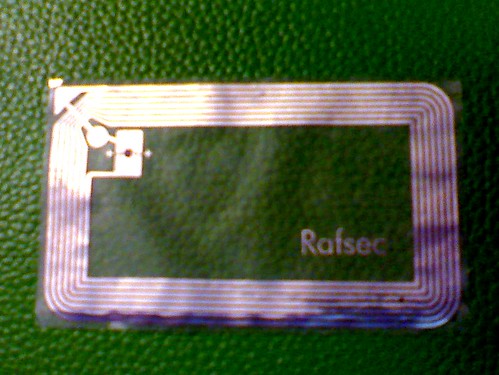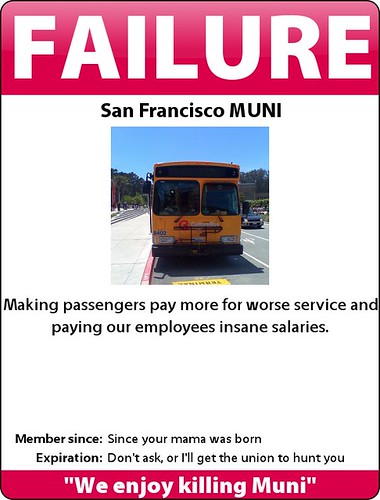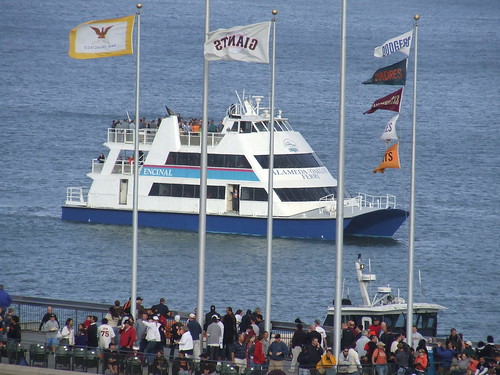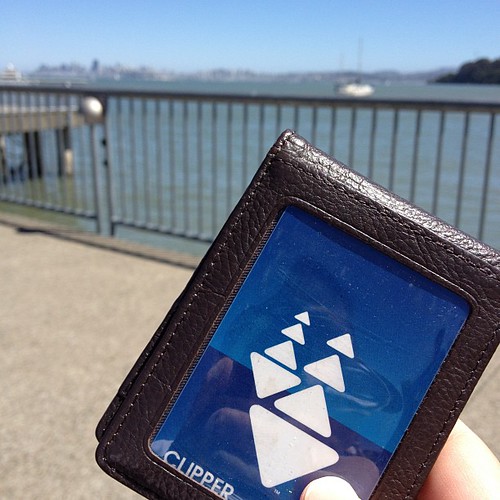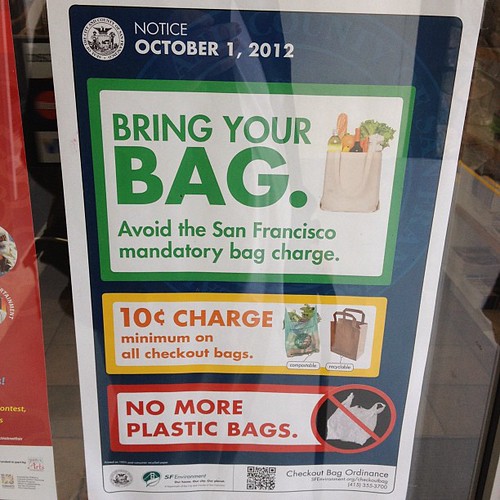 |
| Why I shop in Daly City, SF continues to suck ass. |
Starting on Monday, October 1, 2012, a revised city ordinance will change the way we shop and purchase items in San Francisco.
All plastic bags issued by all San Francisco retail establishments will be banned and will only be allowed to give out paper and reusable bags. The law also requires a minimum ten cent charge per bag given to the customer.
The money collected by the vendors for the bags will be kept for their establishments to compensate for the higher cost of paper bags; none of the money collected will be given to the city.
Fines for non-compliance of the no plastic bag rule and failure to charge a minimum of ten cents per bag will range from $100 to $500 per violation.
On the other hand, restaurants in the city can still issue plastic bags with no fees attached until the ordinance affecting them will kick-in on October 1, 2013.
People can avoid paying the minimum 10 cent per bag charge if they bring their own bag, or do it Costco style by not taking a bag and just stuffing it in their coat pockets. Those using WIC or Food Stamps are exempt from the 10 cent per bag fee.
Akit's Opinions
I personally think the 10 cent minimum charge per paper or reusable bag law sucks big time. Why force retailers to charge a ten cent fee when establishments should be making their own choice? As the city doesn't collect any money from the 10 cent minimum policy, establishments can just decide to absorb the cost or slightly raise the cost per item to compensate for the mandatory use of paper bags. In the past, IKEA decided to charge for every plastic bag at the checkout, but was not forced with a gun by local city governments to charge a mandatory fee, they did it independently and it worked. People decided to leave the individual items in their carts (like what many do at Costco) or buy one of their 99 cent huge bags.
The other problem I hate about the 10 cent minimum charge is being told to carry my own bags. That's fine for me when I drive my car to go shopping as I carry a variety of bags in my trunk for big and small things. But how about those times I may take the bus and I see in the store window something I like? Do I carry bags in my coat pocket? No. There's no room in my pockets as I have other items like a tissue packet, hand sanitizer, and my glasses case.
It makes practical sense to eliminate plastic bag usage, but sometimes plastic is better than paper; for example, when the ban goes into affect for restaurants, paper bags are not the best item to hold hot food. When the city banned styrofoam food containers, the new paper containers did not work great on items like steamed rice, spaghetti, and anything that uses some kind of sauce like gravy or curry on rice; the container would get so soggy, you could poke a finger into the container.
I've lived here in San Francisco my entire life and will continue to do so, but I'm getting real tired of the city government and it's Board of Stupidvisors turning us into a nanny state telling us what aspects of our lives should be good and bad. We had clowns pass a law saying that kids toys can't be free in their fast food meals, and now we're forced to pay a fee for every single shopping bag?
I'll be happy to do one of two things: Vote for any city supervisor candidate who will repeal the 10 cent minimum charge law, or get it repealed by getting it on the ballot. Angry citizens should unite together and lets kick this city's government's ass.
And while I'm angry, I don't mind continuing to shop in Daly City and Colma, San Mateo County is happy to accept my sales tax money and doesn't have a stupid 10 cent bag charge.
For information about the new ordinance: http://sfenvironment.org/article/prevent-waste/checkout-bag-ordinance

